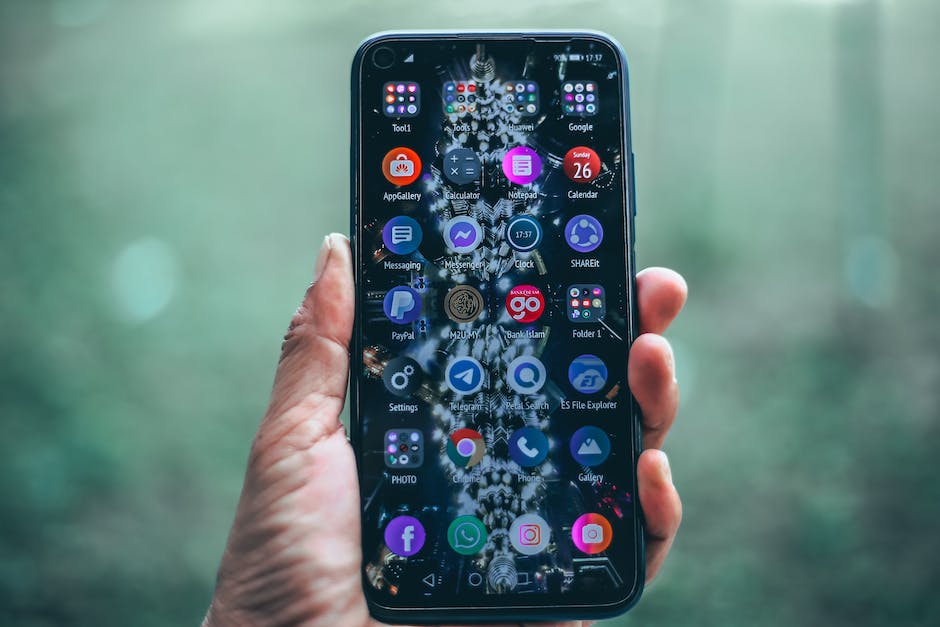Media queries have become relevant in CSS. The key task of media queries is responsive website design. Thanks to them, the appearance of the pages will vary based on the size of the monitor or screen. Check how to use media queries in react native for multi-platform app development in the article below.
Media queries in react native and their advantages
Google is trying to simplify the use of the Internet for owners of smartphones and tablets, marking sites adapted for mobile devices in mobile search results with a special mark mobile-friendly. You can create flexible components that adjust differently to screen space without media queries using the built-in flexibility of markup methods. For example, you can display a media object as a column when space is limited and as a row when space is sufficient. You can do this with a couple of lines of CSS.
Media queries are special CSS rules that you can use to change the style of elements based on the devices on which the web page will be viewed. Simply put, they allow you to understand which styles should be run on the selected page and which should not. For example, with them, the site is equally convenient and beautifully displayed on a smartphone screen or a large monitor.
The main advantages of media queries in react native are the following:
- They allow you to nest selectors.
- Provide easy import functionality.
- They give you variables.
In general, a media query consists of a keyword describing the device type (optional) and an expression that tests the device’s characteristics. Of all the characteristics, the width of the device is most often checked. A media query is a boolean expression that returns true or false.
The usage of media queries in react native for multi-platform add development
Media queries are useful when you want to change your site or app based on a general device type (such as print or screen) or specific characteristics and settings. CSS is very limited in what it can do, and it’s basically a declarative syntax to tell browsers how they should render an HTML page.
The nice thing about media queries in react native for multi-platform app development usage is that the component behaves like this when space is limited by the screen size or the component is placed in a context where it has less space in its container. Media queries cannot solve this problem, as they look at the features of the entire screen. So the new layout gives us something that media queries can’t.
Among the learning outcomes of the media queries in react native for multi-platform app development usage are the following:
- Be able to apply modern information and mobile technologies in the field of automation and have the skills to develop algorithms and mobile applications using high-level programming languages.
- To be able to use existing mobile applications to work in existing automation systems.
- Have skills in programming mobile applications for work in modern automation systems.
If you own a website or blog, it’s time to start making the switch to responsive design. Stop supporting different versions of smartphones and tablets! Having decided on the priority tool for creating mobile versions of sites, Google announced adaptive web design as such.


